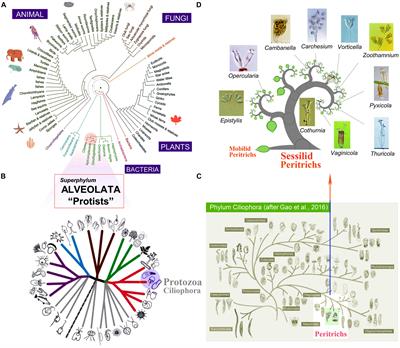ORIGINAL RESEARCH
Published on 23 Apr 2021
Molecular Evolutionary Analyses of Euplotes Species Living in Freshwater and Marine Habitats: A Mitogenomic Perspective
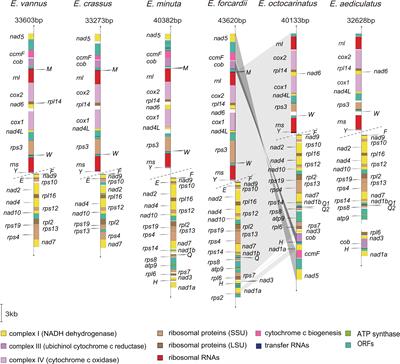
doi 10.3389/fmars.2021.627879
- 3,082 views
- 4 citations
8,772
Total downloads
49k
Total views and downloads
Select the journal/section where you want your idea to be submitted:
ORIGINAL RESEARCH
Published on 23 Apr 2021

ORIGINAL RESEARCH
Published on 13 Apr 2021
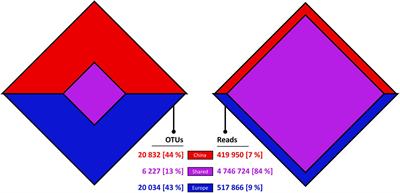
ORIGINAL RESEARCH
Published on 26 Feb 2021
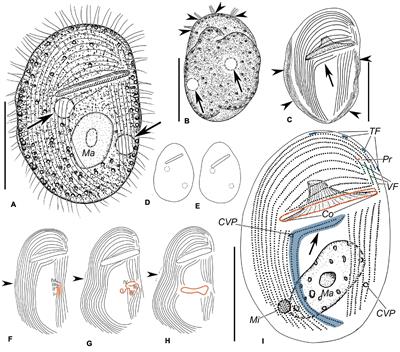
ORIGINAL RESEARCH
Published on 09 Feb 2021
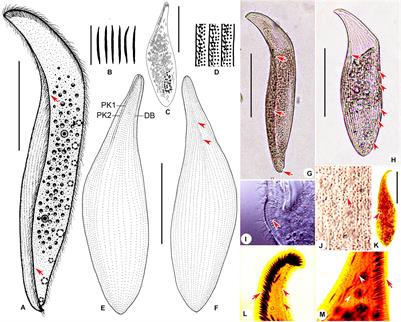
ORIGINAL RESEARCH
Published on 04 Feb 2021
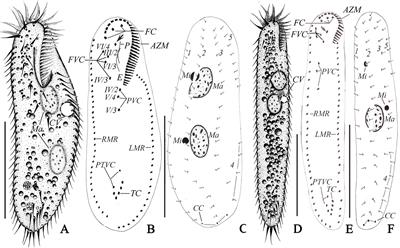
ORIGINAL RESEARCH
Published on 27 Jan 2021
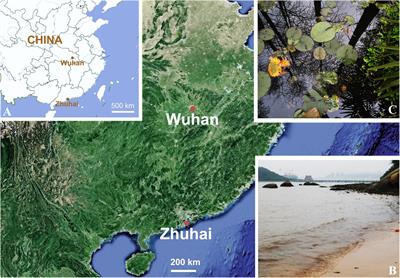
ORIGINAL RESEARCH
Published on 13 Jan 2021
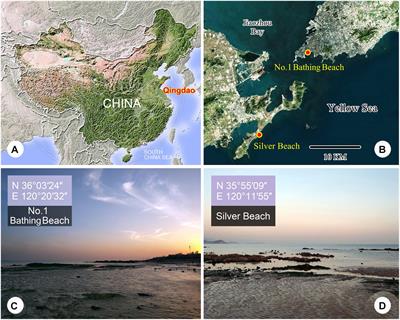
ORIGINAL RESEARCH
Published on 05 Jan 2021
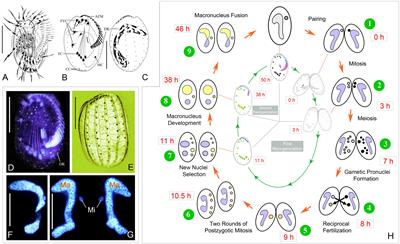
ORIGINAL RESEARCH
Published on 10 Dec 2020
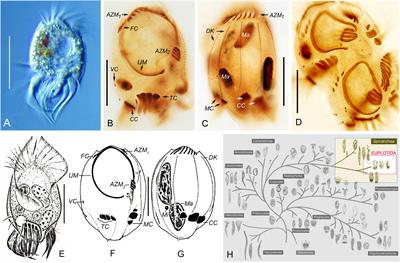
ORIGINAL RESEARCH
Published on 08 Dec 2020

ORIGINAL RESEARCH
Published on 08 Dec 2020
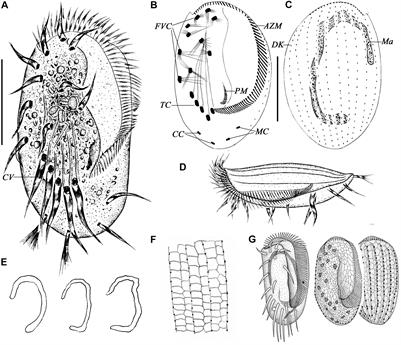
ORIGINAL RESEARCH
Published on 02 Dec 2020
